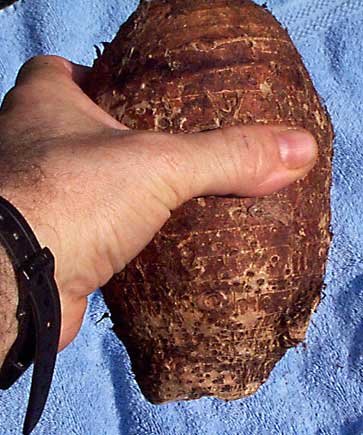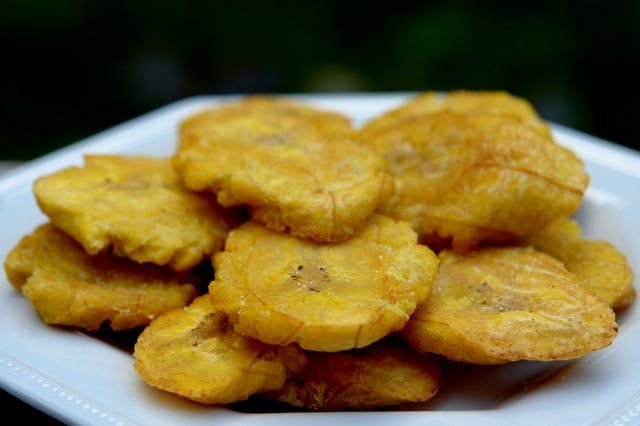 (source: http://amny.image2.trb.com)
(source: http://amny.image2.trb.com)Dominican social stratification is influenced by racial and economic issues. The upper class is usually comes from European ancestry and are light-skinned as opposed to the dark-skinned who are considered of lower class. The blacks come from African or Haitian decent but generally Dominicans all have European and African roots. As you can see their perception of socio-economic class is based on skin color; therefore, racism still exist as in many Spanish speaking countries.
 (source: dominican-republic-holiday.com)
(source: dominican-republic-holiday.com)As stated before, the mulattoes make up the majority of the Dominican population and they are a mix of European and African ancestry. Mulattoes are considered middle class. The middle class society is divided into indio claro--those with lighter skin and indio oscuro--those with darker skin. They use the term indio because many Dominicans do not acknowledge their African roots.
Similarly to Western cultures, the middle-class Dominican population own homes, cars and love
to stay up on the latest technologies. People take pride in their appearance and identity, they usually wear clothing styles that are inspired by New York fashions. Children of middle-class societies finish their secondary education and often move on to pursing a college degree. Although the majority of its population are considered middle-class, there are areas in the country where the people live in urban slums where there is no electricity and running water.
Sources:
Social Stratification
Images:
Pride of the People
Dominican people

























